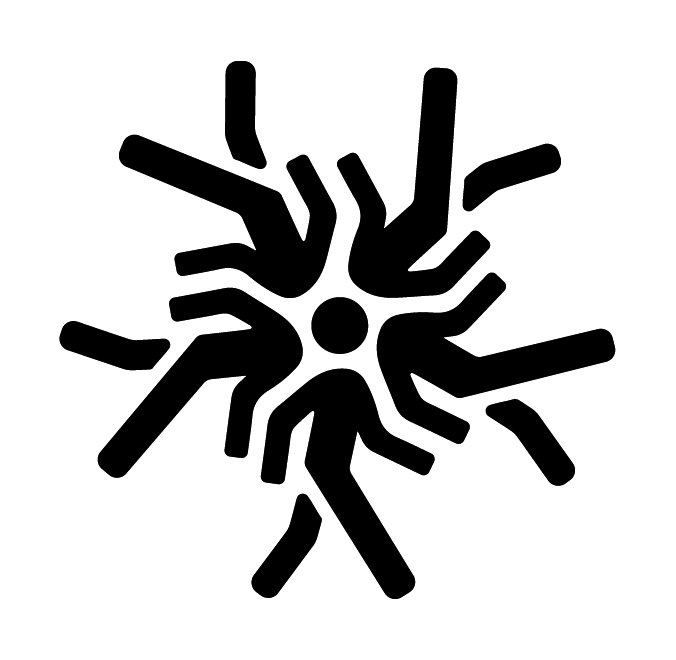WALC LISTEN CAFÉS
Bi-monthly online meetings for creatives – Walc Listen Cafes (https://walklistencreate.org/category/walk-listen-cafe/?post_type=walkingevent ) in the fields of walking. These usually take place on a Tuesday. A ‘café’ lasts between 1 and 2 hours, is headed by an expert introducing a particular topic with a provocation, and followed by an open discussion on the topic at hand.
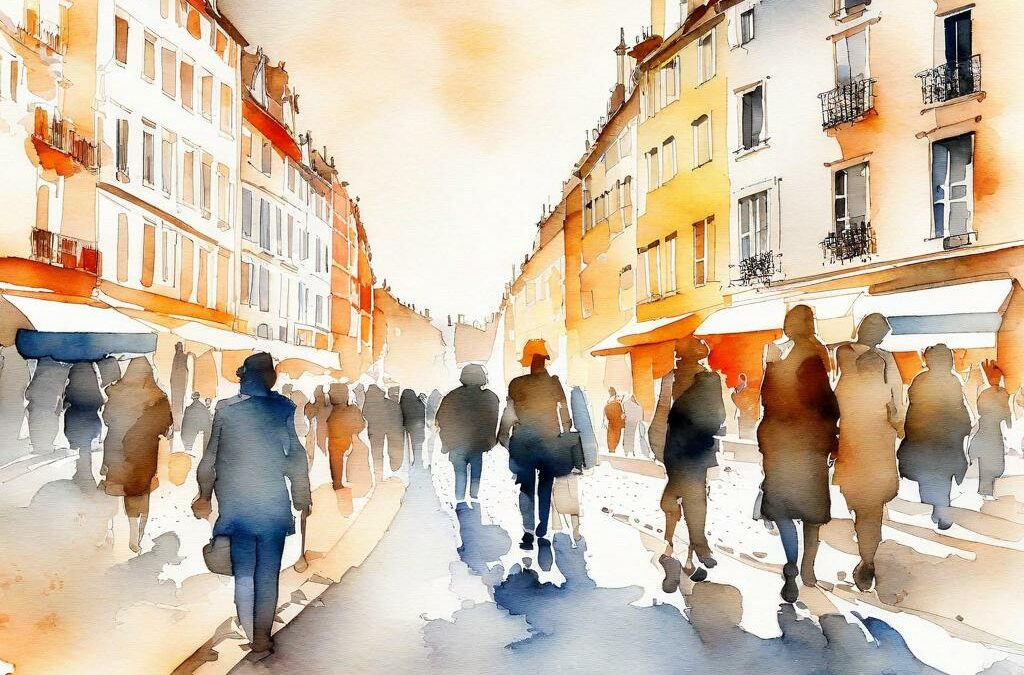
Walking Arts and Local Communities
Following the announcement of “WALC – a new future of walking arts – the largest cultural investment putting walking arts on the map” we are delighted to have as Café guests representatives from each of the consortium partners who put together the successful EU funding application for the Walking Arts and Local Communities project.
With seven partners from five countries, WALC establishes an International Center for Artistic Research and Practice of Walking Arts, in Prespa, Greece, at the border with Albania and North Macedonia, and sets a new model for artists and organisations in community-based practices benefitting the rural and natural areas of all partners. WALC builds on the previous work of hundreds of artists and researchers in a shared network practicing Walking Arts as a collaborative medium, involving local inhabitants, engaging with local activists and nature workers, young artists, and curators, open for an international public.
WALC is setting an innovative model of trans-European cooperation, for community-based practices, based on walking arts. and the emergence of new art venues, beyond the established art market, through experimentation and new artistic networks, and as a fertile ground for contemporary and emerging disciplines. It fulfils the need for community-based art practices that strengthen one of the main purposes of art; renewing its relation to society, more needed than ever in our world of today.
Names and faces familiar to many walking artists, we hope to introduce them to people who have not yet considered walking art, they include Yannis Ziogas, Geert Vermeire, Clara Gari, Anna Luyten, Sylvie Marchand, Miguel Bandeira Duarte and Kostas Diamantis Balaskas.
We look forward to hearing their hopes and aspirations of how the WALC project may evolve. Come along and find out how you can benefit through involvement in the project.
The Walking Arts and Local Communities consortium partners are: Visual March to Prespes, University of Western Macedonia (Leader, Πανεπιστήμιο Δυτικής Μακεδονίας, UOWM, Greece), walk · listen · create (WLC, Belgium), WalkLab2.PT at the University of Minho (UMINHO, Universitade do Minho, Portugal), Cultural Association Cochlea (Asociación Cultural Cochlea, CACN, Spain), Association Temps Reel (Gigacircus, France), Action Synergy SA (AS, Greece), School of Gaasbeek (De School van Gaasbeek, SvG, Belgium).
Thanks to the EU Creative Europe Cooperation grant this Café is a free event – when booking your ticket, take a moment to bring your walk · listen · create profile is up to date, or add a bio to create one if you haven’t already. To keep up to date with the Walking Arts and Local Communities over its four year duration, make sure you are subscribing to the weekly walk · listen · create newsletter.
A video recording of the event will be made available in due course.
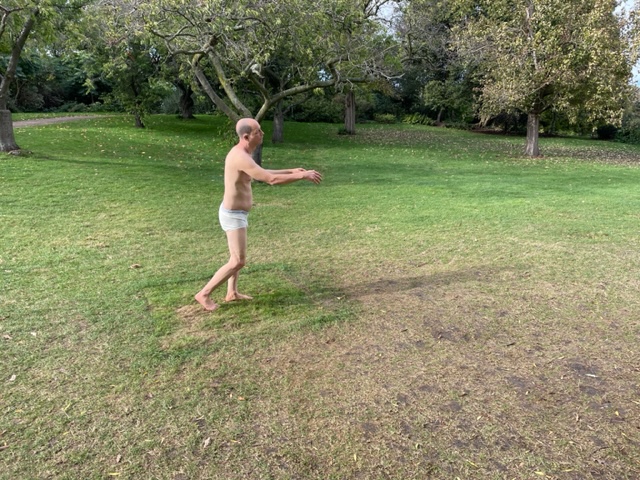
The Art of Walking
We are delighted to have William Sharpe join us as our Café guest. This time last year, his book on The Art of Walking: a history in 100 images was published to wide acclaim. So how did he come to choose which images best represented the art of walking, and what did he choose to leave out, and why?
What does a walk look like?
From cave art to contemporary performance, William Sharpe reveals that a depicted walk is always more than a matter of simple steps. Whether sculpted in stone, painted on a wall, or captured on film, each detail of gait and dress, each stride and gesture has a story to tell, for every aspect of walking is shaped by social practices and environmental conditions.
And what do we read into what we see?
From classical statues to the origins of cinema, from medieval pilgrimages to public parks and the first footsteps on the moon, walking has engendered a vast visual legacy intertwined with the path of Western art. The path includes Romantic nature-walkers and urban flâneurs, as well as protest marchers and cell-phone zombies. It features works by artists such as Botticelli, Raphael, Claude Monet, Norman Rockwell, Agnès Varda, Maya Lin, and Pope.L.
How have new ways of walking spurred new means of representation, and how has walking permeated our visual culture?

When booking your ticket, take a moment to bring your walk · listen · create profile is up to date, or add a bio to create one if you haven’t already. To keep up to date with the Walking Arts and Local Communities over its four year duration, make sure you are subscribing to the weekly walk · listen · create newsletter.
Free concessionary tickets are available – if you cannot afford the ticket price please contact us below:
Featured image: Sleepwalker, 2014 by Tony Matelli – Painted bronze
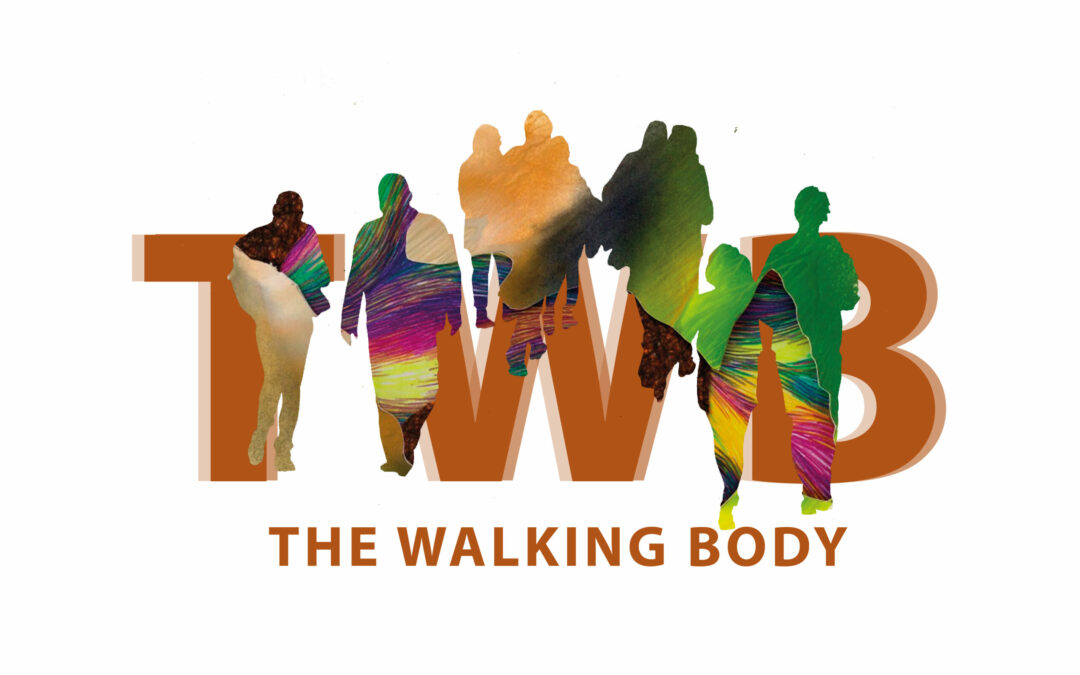
More than human walking
Walking arts today became a response to the deep environmental global crisis we are facing today. Walking is one of the keys to contextualize and deepen our understanding and relation with the living planet we live on and that we share with other species. We are not only walking our planet, as isolated beings, as explorers, but we are walking with the planet. The sounds, the living creatures, the plants, the geopoetics of every place are factors that connect us to a Nature that is experienced and lived in every step we take. The Walking Body 5 is stepping out of the time and space of the man-made environment, entering in a no man’s land of nature, bringing us back what was before and to where we belong.
The Walking Body 5 brings 9 international artists together, with the collaboration and involvement of EAAD and schools in Greece (Aristotle University of Thessaloniki) and Spain (University of Murcia). Each artist has their own connection with walking in a more than human world, Soazic Guezennec (FR), Maria Ristani (GR), Veronica Perales Blanco (ES), David Merleau (CAN) & Fred Adam (FR/ES), Geert Vermeire (B). Manuel Fernandes Miranda (PT), Natacha Antão Moutinho (PT) and Miguel Duarte (PT), in a week long process, interacting with community, the city and its environment, and leading to the exhibition “Walking More Than Human”. All activities at the Garagem Avenida gallery (EAAD) in Guimaraes, open to anyone interested, for 2 weeks.
The WALCafe on March 18th happens simultaneously on location in Portugal and online, introducing the topic through a conversation with the artists and the public. It will be a round table discussion in English, hosted by Natacha Mutinho, Miguel Duarte and Geert Vermeire.
When booking your ticket, take a moment to bring your walk · listen · create profile is up to date, or add a bio to create one if you haven’t already. To keep up to date with the Walking Arts and Local Communities over its four year duration, make sure you are subscribing to the weekly walk · listen · create newsletter.
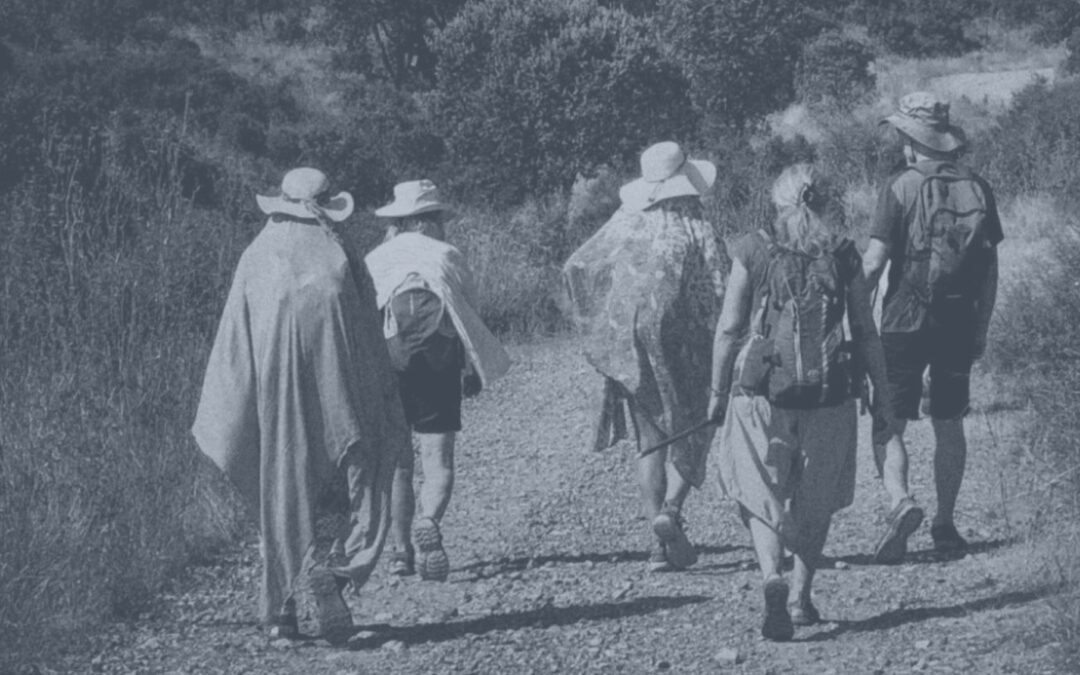
On the way from Girona to Banyoles
We have invited Igor Binsbergen, soundwalker who believes that “Listening” (compared to “Seeing”) is a neglected child in our culture but strangely more powerful in many ways, and Laroche (aka Luce Choules), an itinerant artist founder and coordinator of the international artists’ network the Temporal School of Experimental Geography whose practice involves moving over and through places, to inspire us at the dawn of the Walking Art and Relational Geographies Conference in Girona and Banyoles, in Catalonia, Spain.
A conversation about itinerancy, about paths, about our complex relationship with the dynamic processes of the earth, highlighting the impermanence of environmental and social structures. We will follow in the footsteps of the Grand Tour project, which for 10 years has been travelling the Catalan lands on foot. The event will include soundscapes generated by the walking on the Grand Tour.
Join us for a coffee some hours before the start of the Walking Art and Relational Geographies Conference at which conference curators, Geert Vermeire and Clara Gari will unveil the highlights with a glimpse of the programme: keynote lectures, walkshops, processions, walks, cinema and much more in five dizzying days. At the conference, Luce will be delivering a keynote live performance using a format of projected imagery and narrated script to invite an audience on a poetic journey across the natural, managed and urban territories of Europe and beyond.
When booking your ticket, take a moment to bring your walk · listen · create profile is up to date, or add a bio to create one if you haven’t already. To keep up to date with the Walking Arts and Local Communities over its four year duration, make sure you are subscribing to the weekly walk · listen · create newsletter.
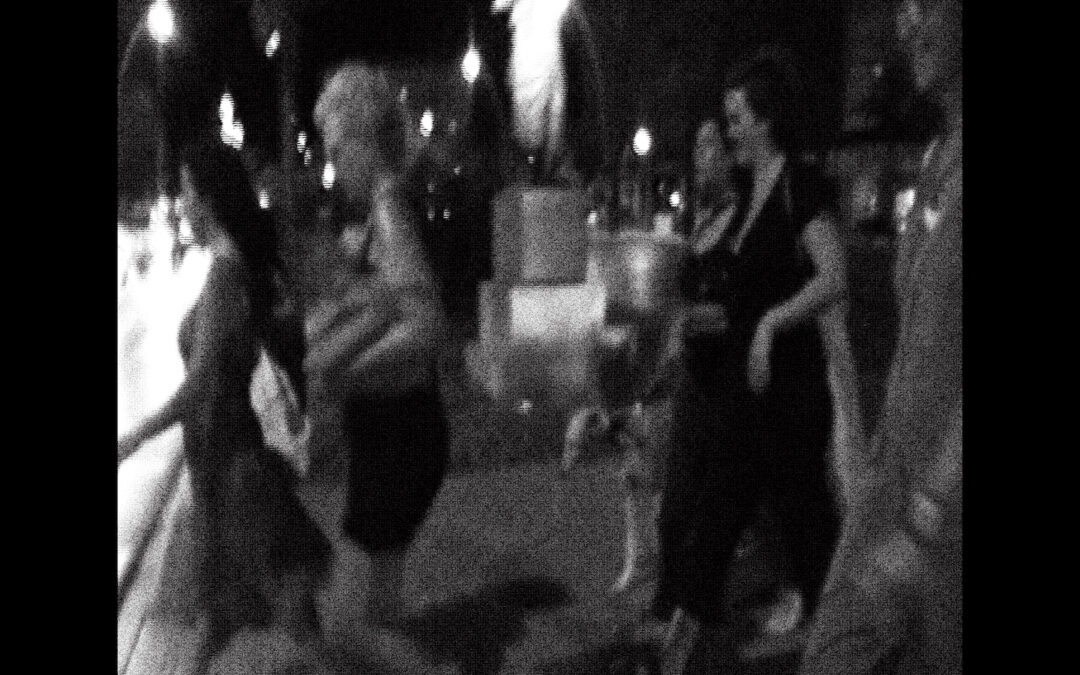
Walking by Moonlight
Women walking, The city, At night, is a performance series in the form of collective walks between women. It was began by Eléonore Ozanne in Seville, Spain in September 2022 on the night of the ‘Harvest Moon’, and has subsequently taken place in 11 cities across Spain.
They aim to investigate and think from the lived experience about the presence of our body, at night, in public spaces. With the idea of creating an aesthetic and relational experience of walking, the walks are guided by chance, following the path marked by the full moon.
“What if we get together to go for a walk at night?” asks Eléonore, “a collective walk, at night, between women in several cities at the same time.”
Guided only by the light along the path of the trajectory of the full moon, women walk together, creating both a poetic and vindictive experience to explore what their bodies mean, at night, in the city.
This event will be hosted by Clare Qualmann, founder of the Walking Artists Network.
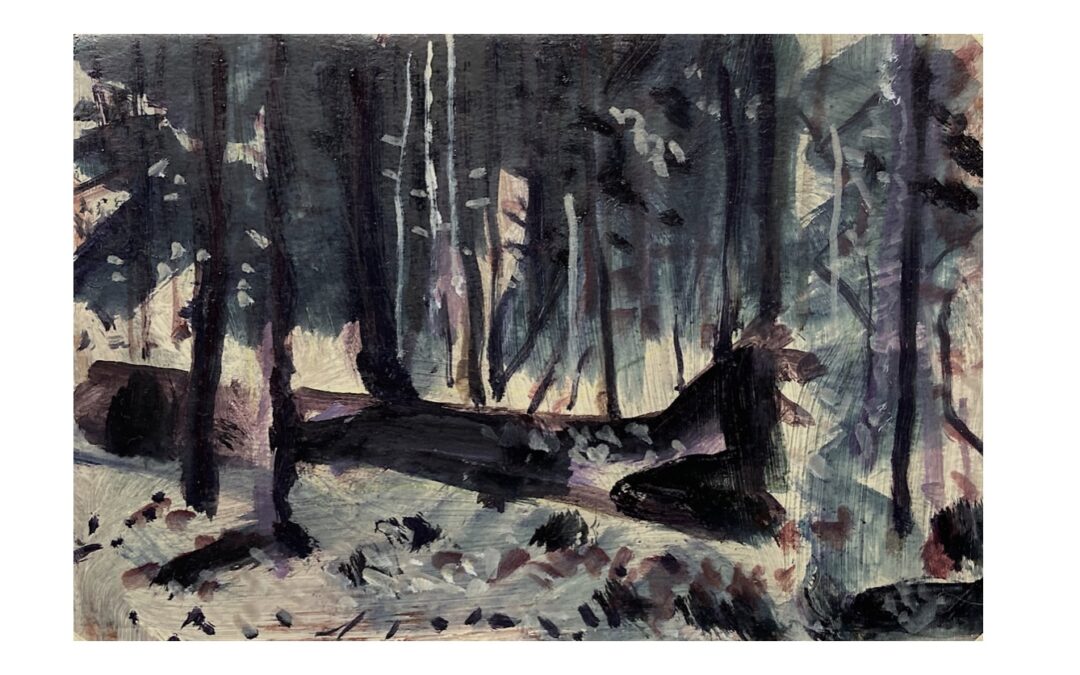
Metamorphoses on the walking paths with Koen Broucke
Launching a new international series ‘Anna and the Verwandelingen’, a sequel to the successful editions of ‘Anna and the Field Reports’, Anna Luyten will be chatting with historian, painter, performer, writer, pianist, doctor of arts, collector and walker Koen Broucke.
His walks lead him to unexpected encounters with history and art. For Broucke, walking is not just a physical activity, but a way of connecting with the past, nature and the stories hidden in landscapes. His hiking accounts are personal travel stories, but also reflections on time, space and the relationship between man and landscape. His unique observations invite us to look differently.
Koen Broucke spent years walking in the footsteps of forgotten soldiers, discovering ‘wounded landscapes’ and wrote his PhD in the arts ‘Under the pink darkness of the battlefield’ (KU Leuven, LUCA School of Arts, Glasgow School of Arts, 2014-2019). He is a walking, painting chronicler. He follows the river Meuse, tracks, people and things along the way. This week, his exhibition Op Drift | Flights to Kampen 1914 – 2024 opened in the Dutch town of Kampen. It is 110 years since World War I caused one million Belgians to flee to the Netherlands. Kampen is one of the places they ended up. Broucke paints their portraits and starts with the story of his great-grandmother.
verwandelen (Dutch forgotten word) 1 to make different, to change 2 to become different, to change 3 to move – German (ver)wandeln – ie. as walking ‘to walk quietly’, from °wanden ‘to go, to pass over’.
